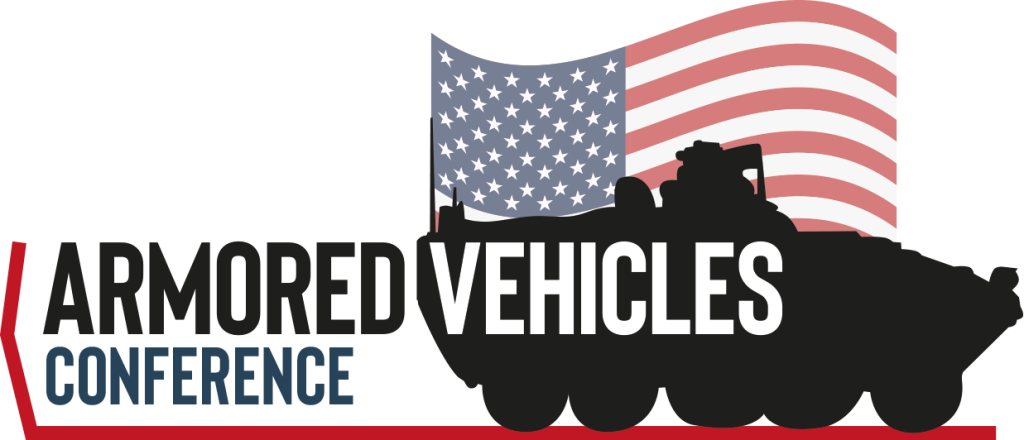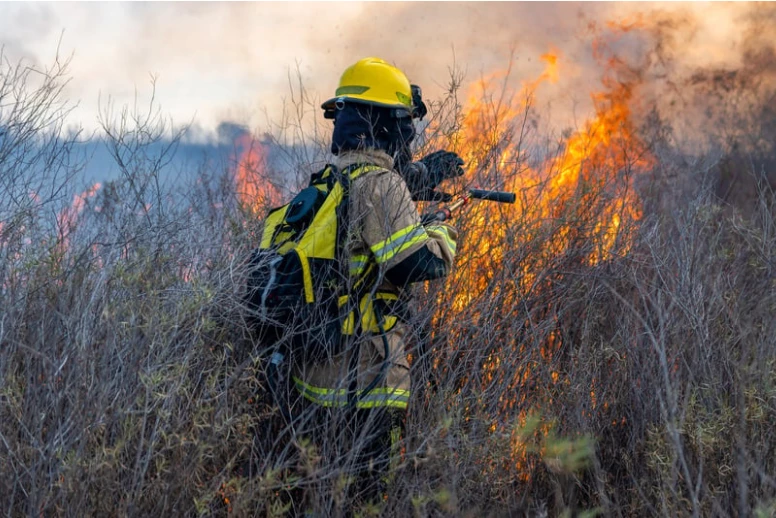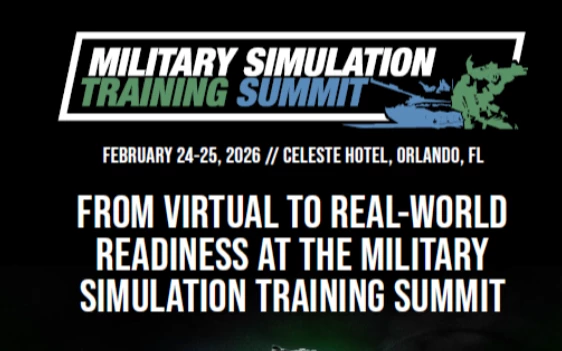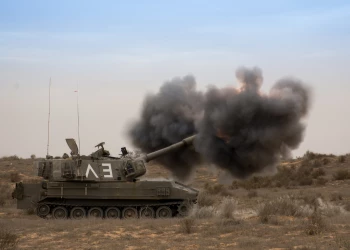The Latest on U.S. Robotic Combat Vehicle Capabilities
Add bookmark
While many are familiar with the commercial sector’s advancements in the autonomous vehicle space, many might not be aware of the critical role the U.S.’ Army Future Command and other defense agencies have played in bringing these autonomous technologies into the defense space, including for armored vehicles.
The goal for many defense agencies when bringing autonomous capabilities into their ground vehicles is to reduce casualties and enhance the ability to conduct operations in dense urban environments. Despite the obvious benefits, as of 2023, Robotic-UGV's (unmanned ground vehicle) only made up 3% of the global armored vehicle market, according to Defence IQ’s “Armoured Vehicle Global Market Report 2024-2028".
In order to raise the prominence of robotic vehicles in the U.S. Army’s ground vehicle arsenal, Robotic Combat Vehicles (RCVs) have become a critical pillar in the Army Future Commands Next Generation Combat Vehicle (NGCV) efforts. This article will analyze where the Army currently is in its efforts to create a next-generation RCV and the expected timeline for a new RCV to be used in the field.
If you are interested in learning more about the U.S. Army’s efforts to develop next-generation vehicles, register for the Armored Vehicles USA Conference today. This two-day event will discuss emerging technologies, changing CONOPS, and preparations for the challenges of the Army of 2030 and beyond.
RCV iterations
The Army’s RCV efforts will focus on three variants of vehicle: light, medium and heavy. Even though these semiautonomous systems are currently expected to be controlled by operators, improvements in AI and navigation technologies might allow them to operate more autonomously.
RCV-L (Light): will weigh up to 10 tons, have dimensions of 224 x 88 x 94 inches and be transported by rotorcraft. They are also expected to have on-board lethality such as self-defense systems, anti-tank guided missiles (ATGMs) or recoilless weapons. The Army considers this system to be expendable in that its destruction is acceptable.
In August 2023, the Assistant Secretary of the Army for Acquisitions, Logistics, and Technology (ASA [ALT]) stated that the Army would focus their efforts on RCV-L first and foremost.
“The Army is still broadly, of course, interested in robots of many different sizes. But we’re focusing on RCV-L because we think that’s a necessary first step before going to larger platforms,” the Assistant Secretary said, adding that the Army will defer RCV-M for the time being.
RCV-M (Medium): will weigh between 10 and 20 tons, with dimensions (length, width, height) of no more than 230 x 107 x 94 inches. These vehicles are primarily expected to be used for surveillance and as escorts for manned fighting vehicles. Even though the RCVs are initially expected to be controlled by operators in the NGCVs but technological advancements in artificial intelligence and ground navigation could ensure more autonomy in the future. The Army expects the RCV-M to more durable and survivable as compared to the RCV-L.
RCV-H (Heavy): will weigh between 20 and 30 tons with dimensions of 350 x 144 x 142 inches. In terms of mobility, it would need one C-17 transport aircraft to move two RCV-Hs. Considered a non-expendable system, the vehicle will have on-board direct fire weapon systems.
In January 2020, the Army announced Other Transaction Agreements (OTAs) for two companies, QinetiQ North America to build four RCV-Ls and Textron to build four RCV-Ms. It conducted operational experiments for the light and medium versions from June to August 2022 and is expected to decide on the next Engineering and Manufacturing Development (EMD) phase for the RCV-L in FY2023 and for the RCV-M in FY2024. The Pentagon is slated to spend US$868.5 million between 2023 and 2028 on robotic combat vehicle development.
The companies creating robotic vehicle prototypes
In September 2023 the U.S. Army officially announced that four companies had been selected to design and build RCV prototypes. Those companies include McQ, Inc. (Fredericksburg, Va.); Textron Systems Corporation (Hunt Valley, Md.); General Dynamics Land Systems (Sterling Heights, Mich.); and Oshkosh Defense, LLC (Oshkosh, Wis.) and the total combined base award value is $24.72 million.
Each awardee is required to deliver two prototypes by August 2024 and will concurrently mature and deliver system designs that match Army requirements for a lightweight, modular, and upgradeable robotic combat vehicle.
These companies are not taking on these prototype projects alone. Several of them have notable subcontractors offering capabilities that help create the robotic vehicle the U.S. Army has in mind. For example, McQ, Inc. Is collaborating with BAE Systems, a prime military vehicle manufacturer, and HDT Global who specialize in unmanned vehicle manufacturing. Additionally, Oshkosh Defense is supported by Pratt Miller Defense and QinetiQ North America, another prime military vehicle manufacturer, and Textron Systems has been working with Howe & Howe, specialists in unmanned ground vehicles, and Teledyne FLIR Defense.
The prototypes being developed signify Phase I of the Army’s efforts to develop an RCV-L that will deliver increased situational awareness, lethality, and tactical options for Army formations. For Phase II, the four contractors will compete with their prototypes to be awarded a single contract in FY 2025. The awardee will then finalize system designs, build, and deliver up to nine full-system prototypes in fiscal year 2026. Ultimately, the Army is anticipating the first unit to be fielded in FY 2028.
“The program office is leveraging lessons learned from previous surrogate prototyping and operational pilots at the National Training Center (Fort Irwin, Calif.) to improve requirements and program of record acquisition strategies,” said Mr. Steve Herrick, product manager Robotic Combat Vehicle. “This marks the official transition for us out of experimentation and movement to a fieldable RCV platform prior to 2030,” he said.
Learn More About Armored Vehicle USA

Armored Vehicles USA 2026 returns to Detroit, Michigan on June 23–24, uniting over 400 senior military leaders, acquisition professionals, and industry experts for two days of strategic briefings, technical discussions, and solution-oriented collaboration.
Learn More





















